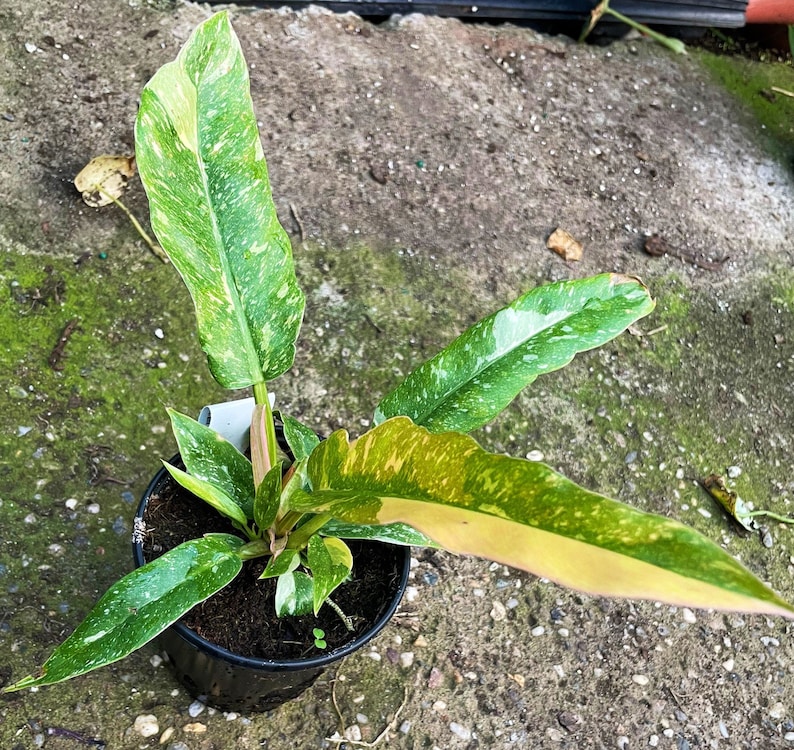With its vibrant, fiery foliage, the philodendron ring of fire makes a bold statement in any indoor plant collection. This rare tropical plant is prized by houseplant enthusiasts for its visually striking leaves that display a mix of colors including green, orange, red, yellow, pink, and white.
However, growing a healthy, vibrant philodendron ring of fire requires paying special attention to its needs. In particular, the right care is crucial for maintaining the vibrant variegation that makes this plant so desirable.
Follow this complete care guide to learn how to keep your variegated ring of fire philodendron thriving
Providing the Right Light for Your Variegated Philodendron
Lighting is arguably the most important factor when it comes to maintaining gorgeous variegation in the philodendron ring of fire As a variegated plant, it requires bright light to thrive The vibrant colors develop in response to adequate light.
Aim to provide your plant with several hours of bright, indirect sunlight daily An east or west facing window is often ideal Direct southern exposure should be avoided as it will scorch the delicate leaves.
Insufficient light will cause the variegation to fade, resulting in leaves that are solid green. Once lost, variegation is difficult to get back. Supplement natural light with grow lights if needed.
Using the Proper Potting Mix
Avoid overwatering issues by using a potting mix that drains well. The philodendron ring of fire is prone to root rot if left in soggy soil.
An aroid mix or soilless potting mix amended with orchid bark and perlite provides the fast drainage this plant needs. You can also create your own customized mix.
No matter which mix you choose, ensure it is lightweight and airy in texture. Tap the sides of the pot after watering to dislodge air pockets.
Watering Your Variegated Philodendron Correctly
While enjoying moist soil, the philodendron ring of fire should never sit in soggy conditions. Allow the top few inches of the potting mix to dry out before watering again.
Always pour off any water that collects in the saucer beneath the pot after watering. Letting the plant sit in water will lead to decline.
In addition, only water your plant when the soil is completely dry. Sticking your finger in the soil and feeling for moisture is the most reliable way to assess its needs.
Providing Warmth and Humidity
Native to the tropics, the philodendron ring of fire prefers warm conditions. Maintain indoor temperatures between 65°F and 80°F. Cool drafts and temperature swings can stress the plant.
Average humidity suits this plant well, but it will thrive in humidity levels around 50-60%. Use a humidifier or pebble tray to add moisture to dry air.
Fertilizing to Maintain Vibrant Variegation
Feeding your plant regularly is important to keep its colors vibrant. Use a balanced liquid fertilizer diluted to half strength once a month from spring through summer. Cease fertilizing over winter when growth slows.
If you notice the variegation becoming less intense, increase feeding frequency as nutrients promote the development of colorful pigments.
Displaying Your Variegated Philodendron
The philodendron ring of fire’s colorful foliage makes a stunning statement wherever displayed. Use these design tips:
-
Allow it to trail from a raised surface like a shelf or table.
-
Place in a brightly lit corner where its colors will pop.
-
Grow on a moss pole to showcase the upright foliage.
-
Pair with green foliage plants to contrast the vibrant hues.
-
Rotate the pot weekly for even all-around growth.
Troubleshooting Common Ring of Fire Problems
While relatively trouble-free with proper care, issues can sometimes arise with your philodendron ring of fire. Watch for these signs of distress:
-
Pale, faded leaves – Insufficient light. Move to a brighter location.
-
All green leaves – Variegation was lost. Increase light exposure.
-
Drooping leaves – Under or overwatering. Check soil moisture.
-
Leaf spotting – Early sign of disease. Improve air circulation.
-
Yellow lower leaves – Natural aging process. Remove older leaves for aesthetics.
-
Root rot – Wet soil. Allow potting mix to fully dry before watering again.
By correctly addressing any problems right away, you can keep your philodendron ring of fire thriving and proudly showing off its uniquely fiery foliage.
Propagating to Expand Your Collection
You can propagate a philodendron ring of fire using stem cuttings with a few nodes and leaves. Place in water until roots develop, then transfer to potting mix. Expect a slow growth rate.
Taking cuttings allows you to expand your collection of this eye-catching plant over time. Share cuttings with fellow plant lovers!
Caring for Your Ring of Fire: Final Tips
Caring for a variegated philodendron ring of fire is easy when you focus on:
- Several hours of bright, indirect light daily
- Well-draining, airy potting mix
- Allowing soil to dry before watering again
- Warm temperatures around 70°F
- Average household humidity
- Monthly fertilizer to boost color
With the proper care, your philodendron ring of fire will reward you with its uniquely stunning foliage for years to come. Enjoy watching the fiery colors develop as this plant matures into an eye-catching display piece.
Discovery and Rise in Popularity
The Ring of Fire cultivar first emerged in the plant trade sometime in the early 2010s. Its striking variegated leaves quickly captured the attention of houseplant enthusiasts. Over the next few years, its popularity steadily grew thanks to social media and the houseplant boom. Now it’s one of the most sought-after Philodendron varieties on the market.
The Philodendron genus contains around 500 species, many of which are popular houseplants. Ring of Fire is a vine in the Erubescens group. These are vines that can get very big in the wild. However, this variety remains relatively compact as a container plant.
Philodendron species are the most sought after by aroid plant lovers


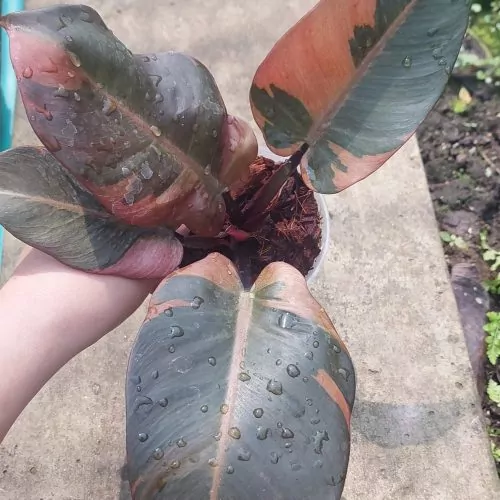

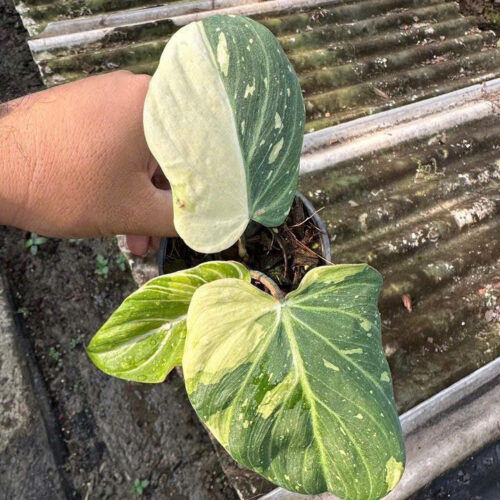
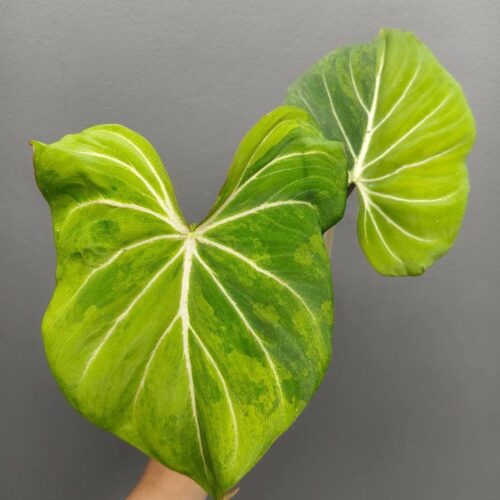
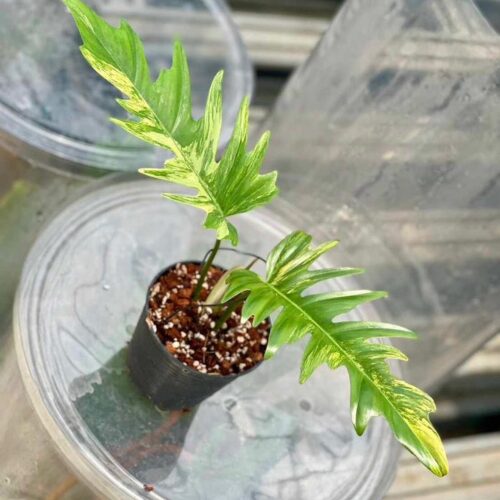

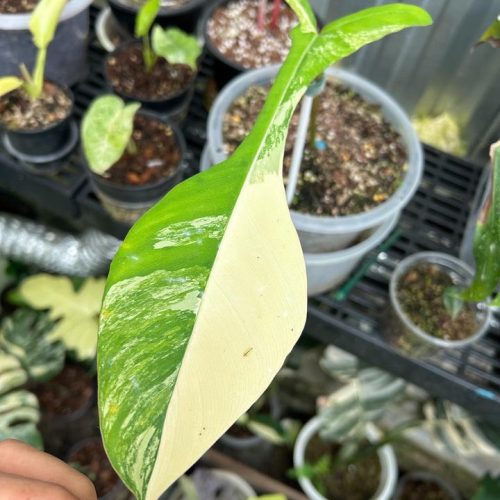

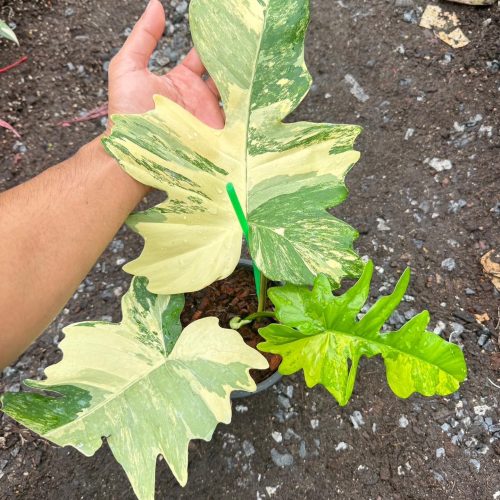

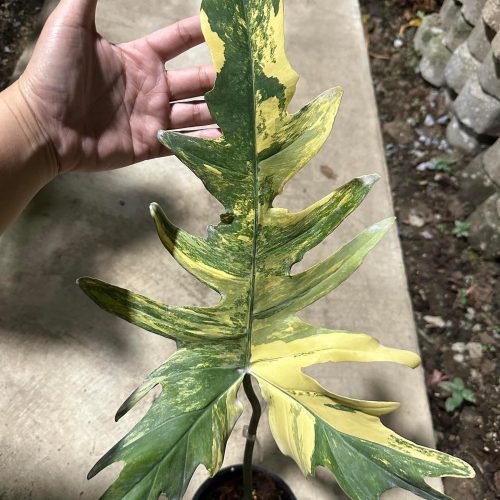

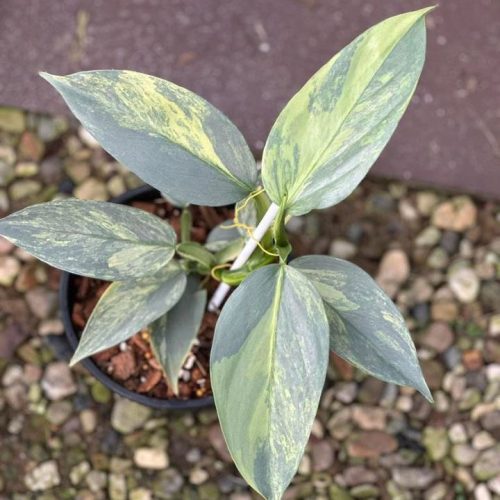
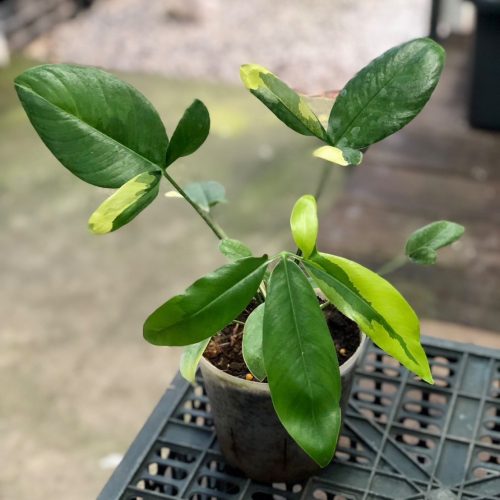
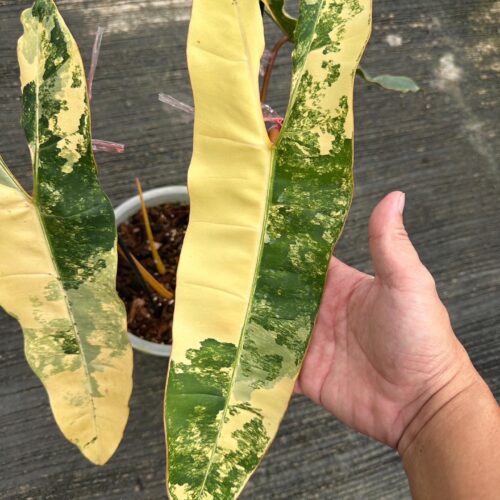
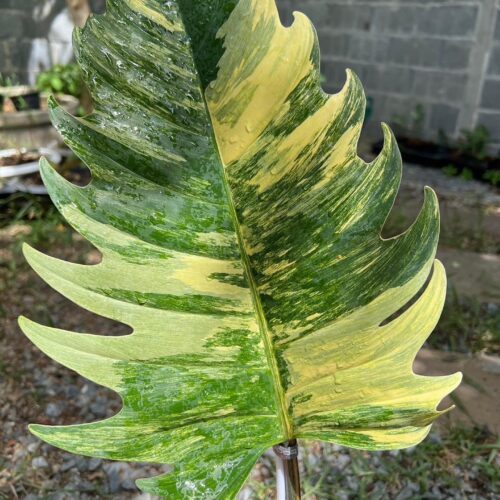
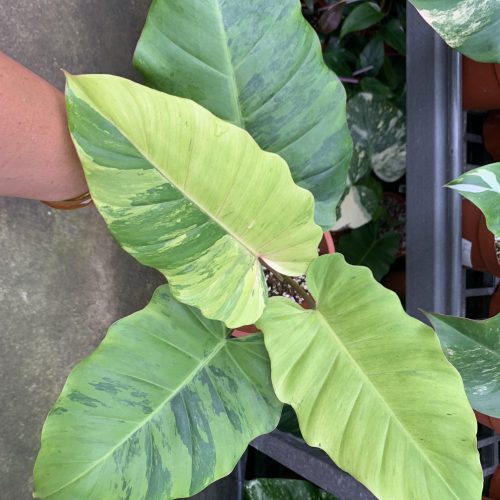
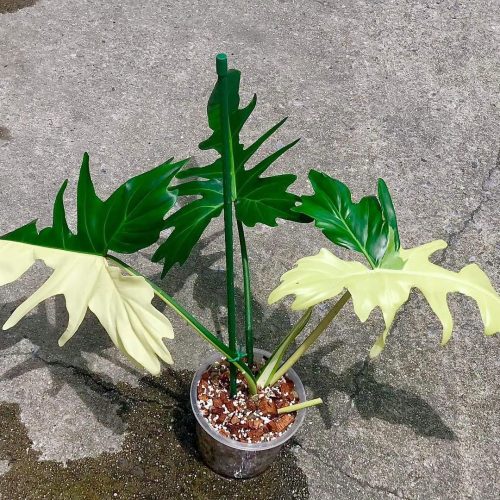
Propagating Philodendron Ring of Fire with updates – Mushu! | Plant with Roos
FAQ
How much light does a ring of fire philodendron need?
Does Ring of Fire need a moss pole?
How often should you water a ring of fire?
Are Philodendron ring of fire a good houseplant?
If you’re a fan of variegated philodendrons, you can’t do much better than the philodendron ring of fire ( Philodendron bipinnatifidum x selloum ). This rare yet low-maintenance houseplant is prized for its variegated leaves that can display several different colors at maturity: green, orange, red, yellow, pink, and white.
Is the ring of fire a variegated Philodendron?
Yes, the ring of fire is a variegated philodendron. What makes this variegation extra special is the multi color variegation on the leaves. The colors of the leaves can range from red, to orange, to yellow, white and even light pink!
Do Philodendron ring of fire need pruning?
Before you dive into the nitty-gritty of pruning and maintenance, remember that a little care makes your Philodendron Ring of Fire thrive and keeps it looking like the flaming beauty it is. Let’s get those gardening gloves ready and give our plants some love! Pruning isn’t just about keeping your plant looking neat.
Do Philodendron ring of fire need light?
As with most variegated plants, the philodendron ring of fire requires plenty of bright light to maintain its gorgeous colors. However, it cannot tolerate extended periods of direct sunlight, which will quickly burn the delicate leaves. Several hours of bright indirect light is ideal.
- A Complete Guide to Caring for Yuki Cherry Blossom Shrub - January 23, 2025
- Identifying Red Hot Poker Seeds: What to Look For When Harvesting Torch Lily Pods - January 23, 2025
- A Complete Guide to Harvesting Evening Primrose Seeds - January 23, 2025

